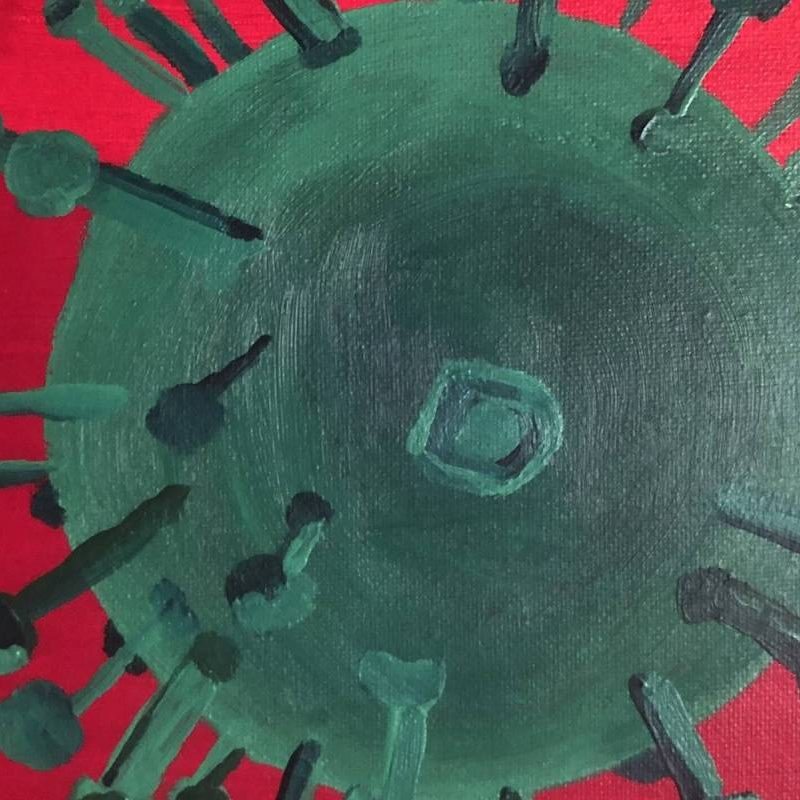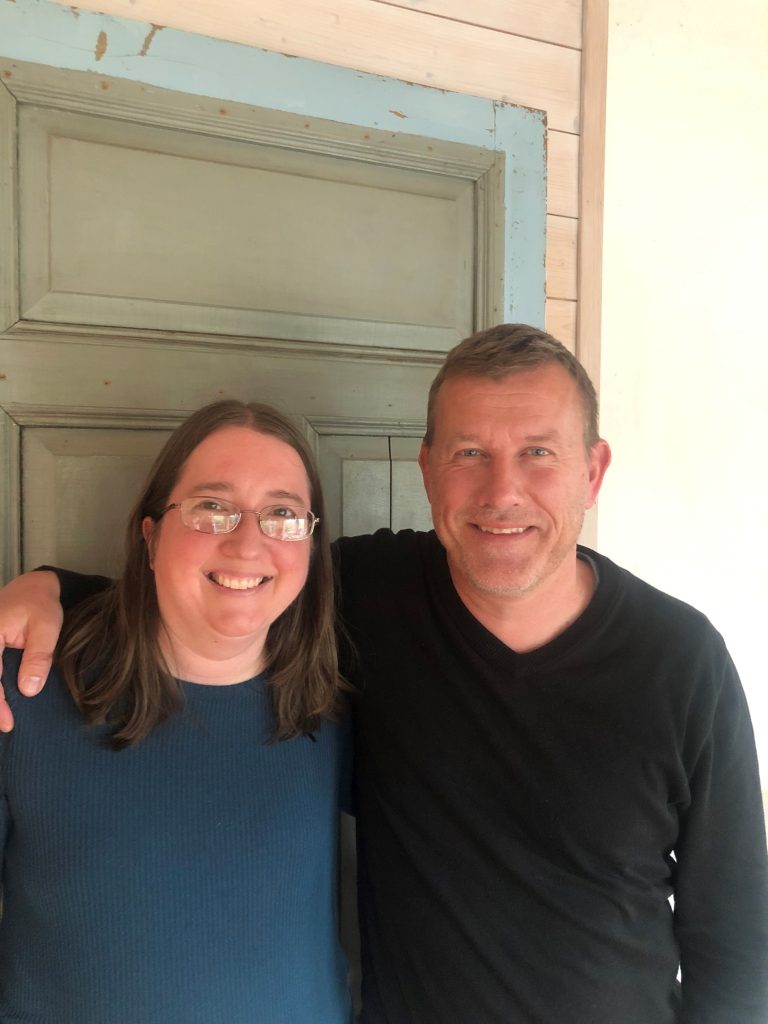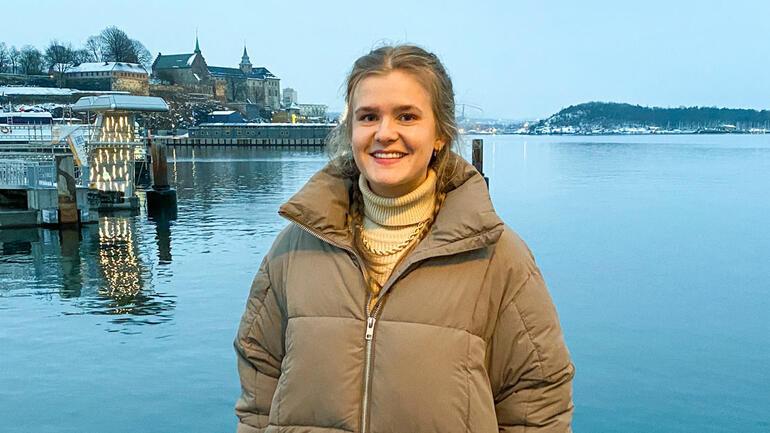The PANSOC Webinar series returns Thursday, 27 January at 1600 CET

Christina Stylegar Torjussen will present: “Kong Sverre – The Death Ship”
The influenza pandemic in 1918 killed approximately 15,000 people in Norway. Among those were recruits in the Norwegian navy stationed on an exercise and accommodation ship called “Kong Sverre” outside Horten, Norway. Of the 500 recruits on the ship, 158 were infected and 42 died, corresponding to a lethality of 27%. In my master thesis (to be presented in May 2022), I try to figure out the reasons for this high mortality on “Kong Sverre”. In my talk, I present in-progress findings on possible mechanisms for the experiences on the ship.
Christina Stylegar Torjussen is a student at the University of South-Eastern Norway and an affiliated master student at PANSOC. She is currently working on her master thesis in history.
Contact jessicad@oslomet.no for a link.

:quality(70)/cloudfront-eu-central-1.images.arcpublishing.com/mentormedier/64AGPTNKU5EY5C6SSPJFBUZN2M.jpg)



